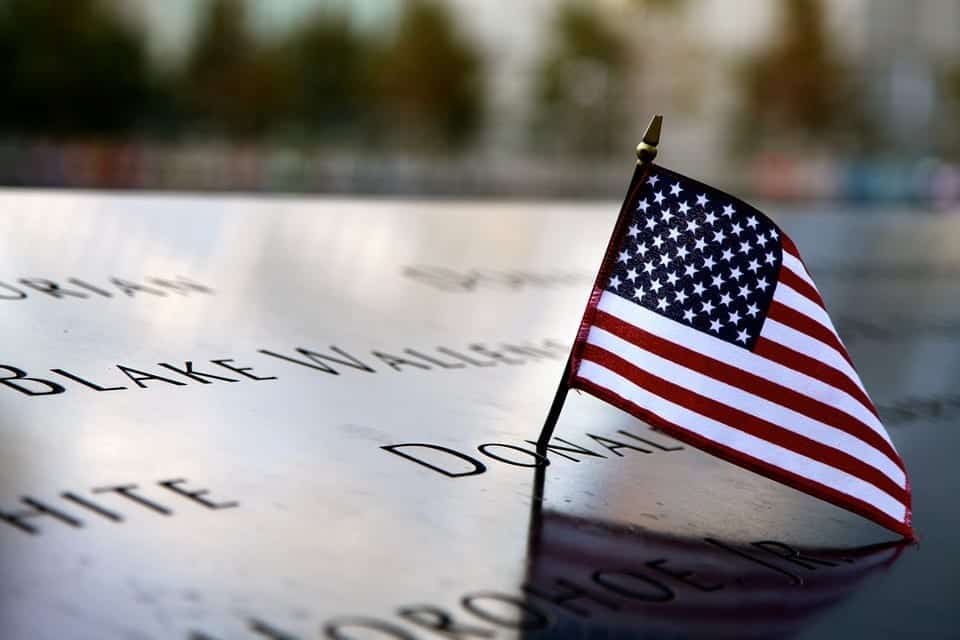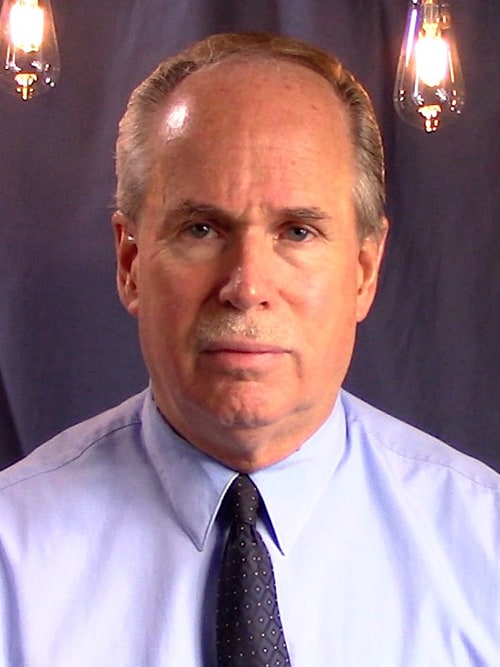In large part, Memorial Day has devolved into a weekend that represents the onset of the summer season. It’s something like the starting gun at the beginning of a race. It’s the day that officially frees us from the doldrums of winter and gives us some sort of permission to play for the next three months or so until Labor Day reminds us that it’s time to put the brakes on and prepare for winter all over again.
It wasn’t always that way. Memorial Day stood as a marker, giving us pause when we might not otherwise pause. It drew us back to something we should not forget; something that made us what we are. There were some foundational things that happened that represented crossroads, some of which were little more than minor shifts. Others represented events upon which the future of our entire nation precariously hung. And these events occurred because ordinary people set themselves to do extraordinary things.
Memorial Day stands as a marker that will not allow history and the winds of time to forget freezing soldiers at Valley Forge who longed for home and hearth while teetering on the precipice of defeat. It holds high farmers and common folk who took up arms at places with names like Bunker Hill, Cemetery Ridge, San Juan Hill, Iwo Jima, the DMZ and the streets of Baghdad in order to hold the line for freedom. It reminds us that many have fallen whose names would have otherwise been lost to history or the pages of a tattered family bible. In and through it all, it reminds us of who we are and it rekindles a lagging sense of the incredible privileges that are ours.
Each of us has our memorials as well; those markers of sorts that remind us of the things that we feel we need reminding of. They are the waving flags and marble monuments that we place along the way that stand as sentinels, calling us back to some part of ourselves or our histories. However, how many times have we considered what we choose to memorialize? Have we looked at the monuments and memorials that we have erected and asked, “what have I chosen to remember and why?” In considering your memorials, I would encourage you to think about a few of things:
We Are Prone to Memorialize Our Failures
Do you realize that? We are notorious for marking out and memorializing the failures in our lives. It seems that successes are just that . . . successes. When you have a success there’s really nothing more to say. Successes are something to be moved on from because we did it right. Now it’s on to the next thing. Failures however, are the stuff of scrutiny. We have to pick it apart and figure out what we did wrong. As an added measure, we have to beat ourselves up some as well. Of course, we have to be admonished for our stupidity or lack of insight or impulsive behaviors of whatever it was that got us there and screwed things up. And so we often erect memorials over our failures while our successes drift into the foggy backwaters of our minds.
We Are Prone to Memorialize What We Fear
I think we also memorialize our failures out of fear of repeating them. They stand as markers of dread fear, telling us that we better not do it again or reminding us of the consequences of our own stupidity. They keep us from wandering back into places where we’re likely to be hurt again. They likewise keep us from being hurt by others, reminding us of what people did to us and how they did it. Our memorials become the hazard signs strewn across the landscape of our lives and our histories, telling us of all the places we can’t go; leaving our lives full of places we can’t venture into versus being full of places sweet with success. Our lives become defined not by the places where we can sit and savor victories, but by the places we must avoid.
We Become Defined By Our Memorials
Over time, the memorials that we set up and set out become the things that define us. We become the sum total of these monuments, pulling them together to create some sort of mosaic that says “this is what I am, this is what identifies and defines me.” We build our value, our worth, our self-esteem and the overall assessment of ourselves on an inventorying of our memorials. If those memorials represent our failures and our fears, we become the sum total of those things. Our confidence wanes. Our sense of self is deflated or destroyed altogether. We question ourselves constantly. An ability to seize our strengths vanishes as we don’t see them in order to seize them. And we end up languishing, being immersed in a toxic blend of hopelessness and mediocrity.
We Flee From Our Memorials
We then become baseless and people constantly in flight. We don’t want to relive our pasts because of the memorials we’ve erected there, so we run. If we abandon our pasts, we then have no foundation upon which to build our futures or our identities. We wander as some sort of homeless person uncertain of where we’ve come from and entirely uncertain of where we’re going.
It may be time to revisit your past. Revisiting is not about reinventing or rewriting your history as historical revisionists are so prone to do. Rather, it’s a re-evaluation. Tear down the memorials to failure and fear. Erect memorials over your successes and your achievements, despite how small they may sometimes seem. Celebrate your victories, even if the victory was merely to survive as that is indeed a victory. Acknowledge your strengths and the successes that they brought you. There are more successes back in your history than you likely realize. Find them. Set a memorial over them. Celebrate them. Allow them to draw you back to something you should not forget; something that made you what you are. If you do, your life and your view of yourself will change in ways most remarkable.

 Craig Lounsbrough
M. Div., LPC
Craig Lounsbrough
M. Div., LPC